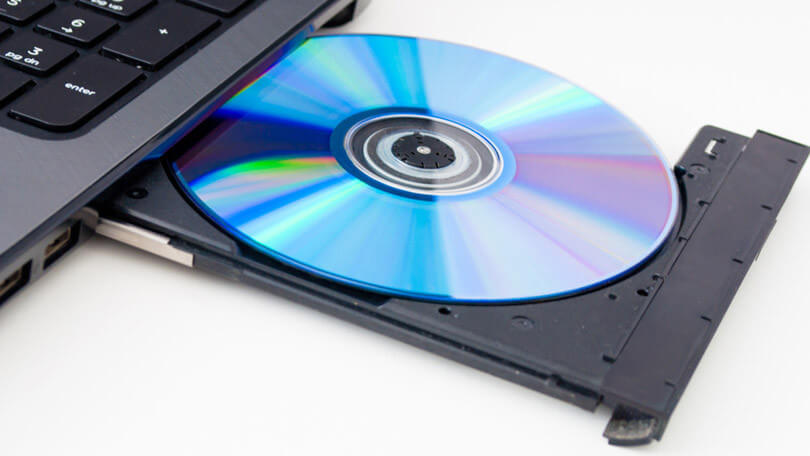Windows Pre-installation rescue disk is a recovery disk which is used to fix the computer. It becomes much crucial to have as you never know when you’ll need it. It has all the tools you need to recover your system.
Although, there are many PE rescue disks are available for windows, but you can create your own rescue disk by selecting the best recovery tools as you want. In this article, we are providing step by step guide through which you can make your own PE-based rescue disk with all the useful tools.
Here Is How You Can Create Windows PE Recovery Disc Using Win10XPE
You can create your own Windows PE recovery disc using Win10XPE. It is a complete WindowsPE environment that offers a lot of windows features and allows you to add a number of custom applications to it. It is developed by ChrisR. , a well-known customizer.
1. Download The Tools To Create the Windows PE Recovery Disc
In order to create your own Windows PE-based recovery disc, you need to have the below-mentioned tools.
- Win10XPE project
- Windows 10 ISO File (Build Above version 1709)
WinX10PE project file is an environment where you can create your own PE bases recovery disc. It is developed by Kyhi, who is a Windows PE recovery disc developer.
Download the WinX10PE project files and then simply extract the folder.
The second thing you need to download is Windows 10 ISO. Select the version, edition, and architecture from the dropdown menu. Download it and then extract the folder.
2. Run WinBuilder Win10XPE
The next thing is to run the Win10XPE.exe. You will see a WinBuilder Customization environment, select the Windows 10 source folder. Now go to the Windows 10 ISO you’ve extracted before.
Select the folder and then WinBuilder will update the source file data.
Select the image you want your Windows PE recovery disc to have. We recommend using the Windows 10 Pro instead of Windows 10 home. The reason is, Windows 10 Pro is a complete Operating System.
3. Choose the Recovery Tools for Your Windows 10 PE Rescue Disc
Go to the rescue tool option at the left panel.
Select the options you want to include in your Windows 10 PE recovery disc from the list. The list includes various options like Accessibility, Components, Network, Office, Security, and many more. These are various apps thatKyhi added in the custom Windows PE rescue disc.
You are free to select the apps you want to add in your recovery disc, there is no hard and fast rule. Simply add as per your requirements. On clicking the application from the list, the WinBuilder will provide a full description of the app and its usage. Along with it, you’ll get other options like whether you want shortcuts or not.
4. Customize the Build Core Options
You will find the Build Core option at the top of the app list. It allows you to customize and set the operating system options including keyboard language, format, use of Explorer/WinXShell, desktop and other options such as network, power and Build options.
From the options, first, customize the WinPE cache size. To make your Windows PE recovery disc faster, increase the WinPE cache size. We recommend to set it to 1GB for the higher performance.
Next, head on to Microsoft. NET Framework 4 and Network Additions. By switching on to these options, the Windows PS recovery disc that you’re about to create will have the access to Wi-Fi.
5. Now, Add Custom Files to Your Windows PE Based Recovery Disc
From here on, you can also include a custom folder in your Windows PE-based rescue disc. You will find this option to add your custom folder at the Build Core option page. Simply, scroll down the list and check the boxes. Click the Custom Folder option and then open Program Files.
6. Download Your Windows PE-based Recovery Disc
After adding the custom portable application to your own Windows PE-based recovery disc, finally, download it and test it.
For this, click the play button present at the top of the WinBuilder option. Download it and after the ISO finishes the download burn it to a USB flash drive and voila it’s ready to try.
That’s it, you’ve created your own Windows PE recovery drive.





